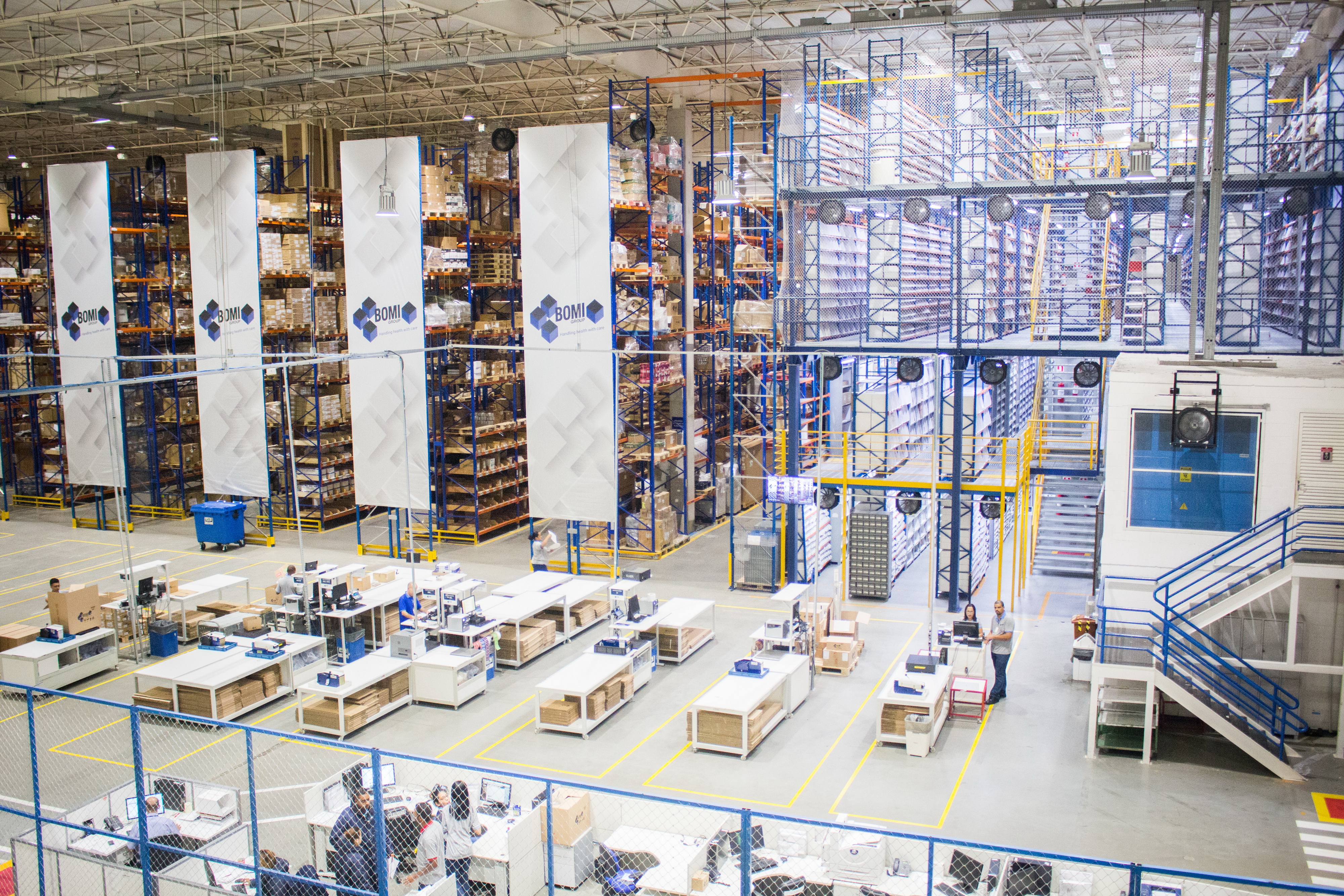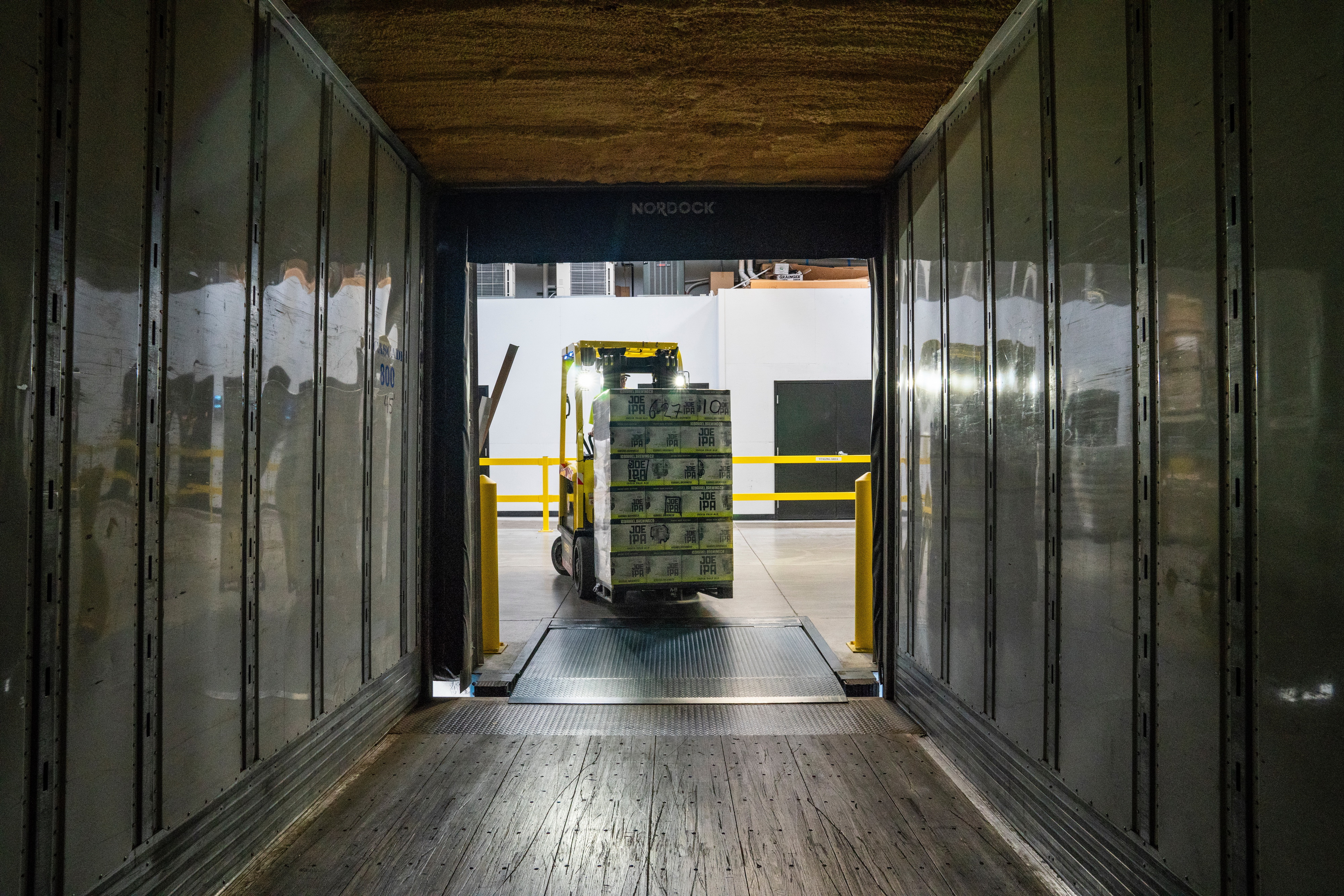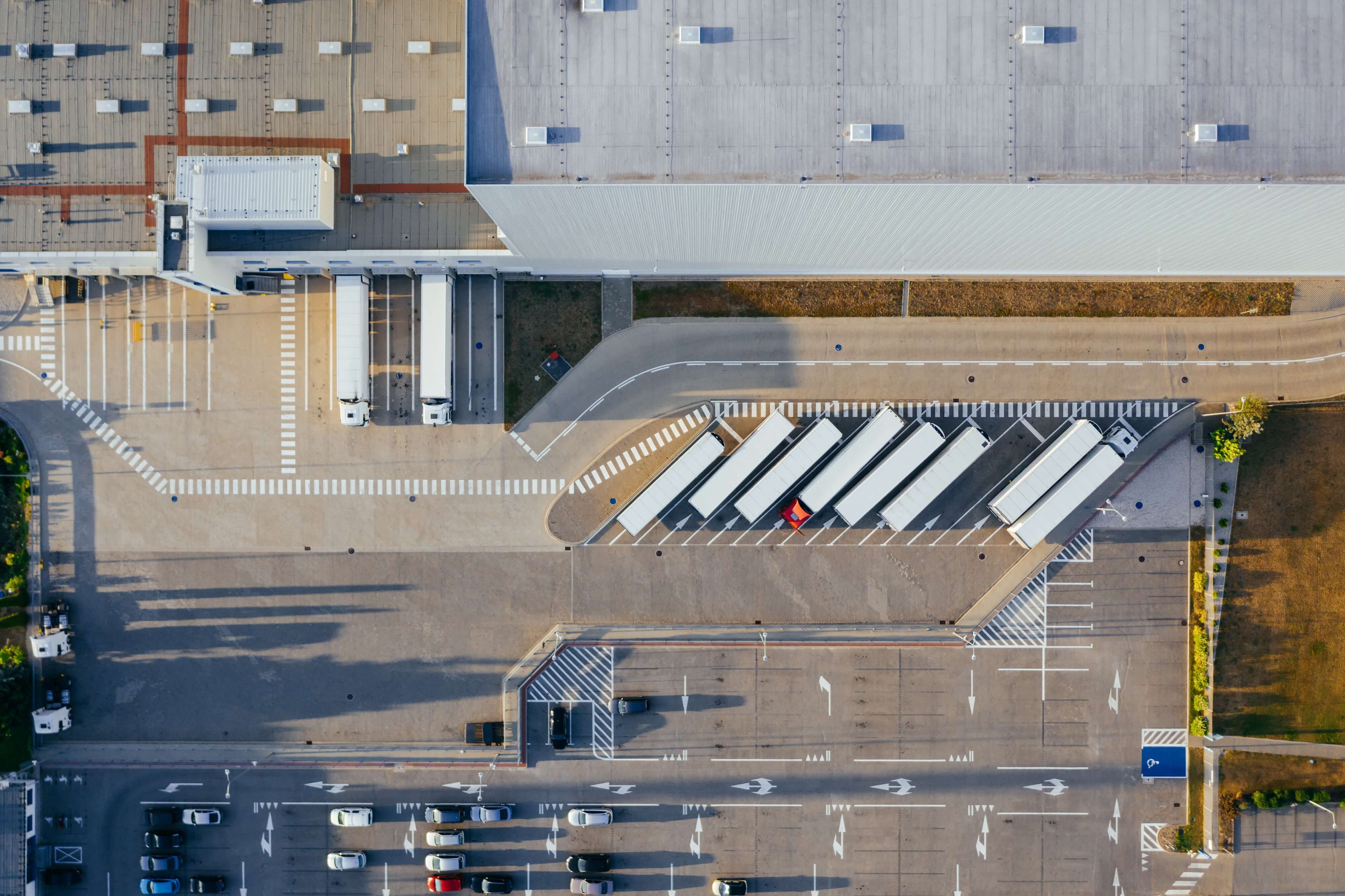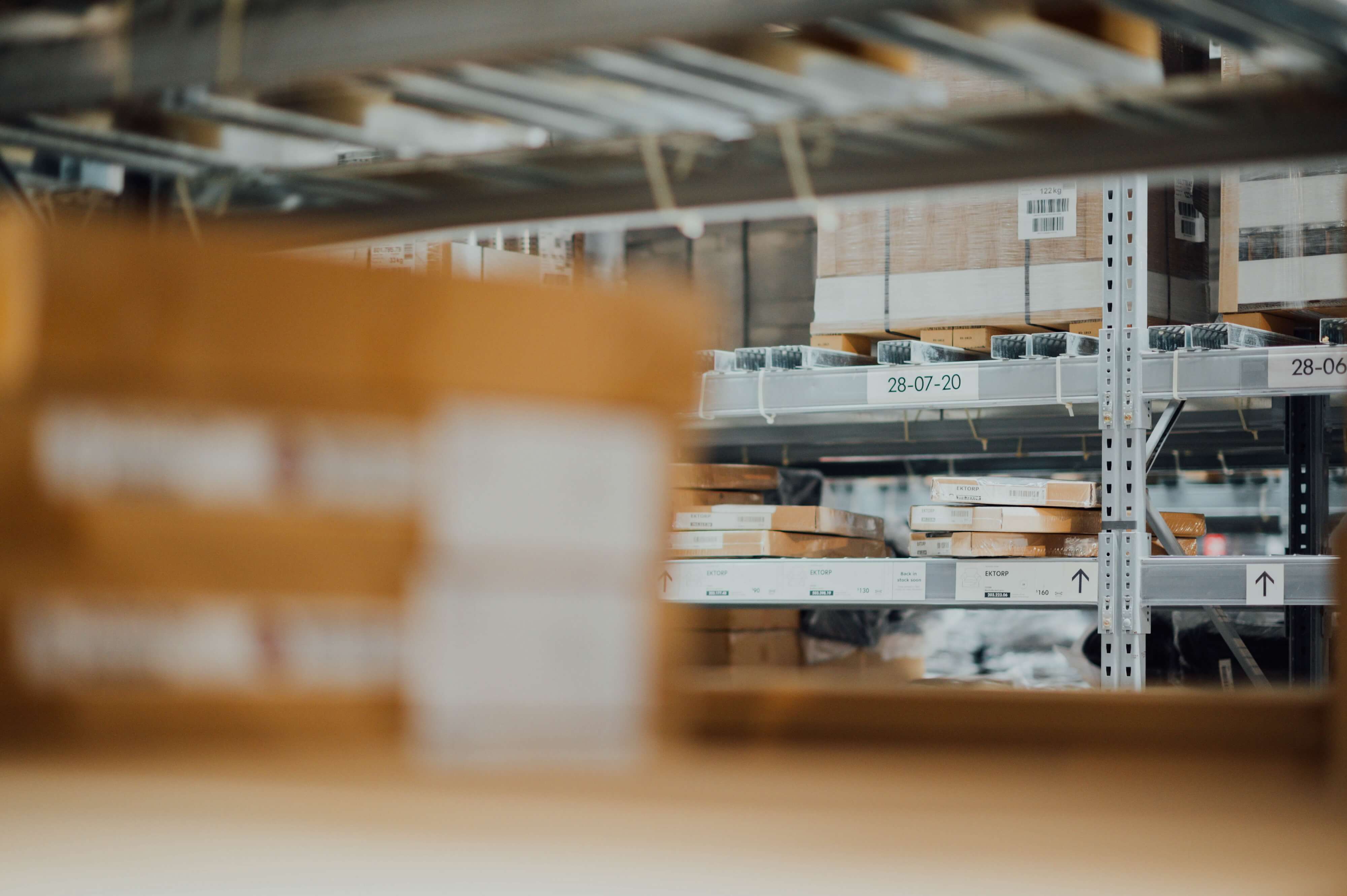Industry Dynamics
Internet of Things for Smart Warehouses
Counts:623 Time: 21-07-23 From: Suzhou Teknect Engineering Co., Ltd.The rise of sales in e-commerce is good news when it comes to revenue reports and a challenge for warehouse managers — as retailers scale and expand, keeping track of large volumes of inventory becomes a demanding task.
To meet the needs of an on-demand shopper, warehouses turn to IoT applications. Global-scale companies like Amazon, DHL, and Alibaba all employ the technology to take inventory management to the next level. In this post, you’ll find out how, apart from other benefits of IoT in transportation and logistics, the Internet of Things streamlines inventory management and get to know whTo meet the needs of an on-demand shopper, warehouses turn to IoT applications. Global-scale companies like Amazon, DHL, and Alibaba all employ the technology to take inventory management to the next level. In this post, you’ll find out how, apart from other benefits of IoT in transportation and logistics, the Internet of Things streamlines inventory management and get to know what are its applications in day-to-day warehouse management.

The warehouse is the right platform for launching Internet of Things projects and validating the opportunities of the technology. That’s why there’s a wide range of IoT applications and use cases. Here are the most prominent technologies used for smart warehousing.
1. Drones
Moving around the warehouse is often challenging for staff. In most cases, an employee would still need a ladder to reach high shelves — such inconveniences reduce the productivity of inventory management and increase the risk of workplace injuries.
Drones come in handy in warehouse management. With IoT warehouse devices, managers will be able to instantly scan any item, record its location, and monitor it in real time. To avoid collisions, it’s better to rotate drones and humans, leaving night shifts to the former and daytime work to the latter.
2. Guided vehicles and robots

Autonomous technologies are another way to increase warehouse productivity. Automated guided vehicles can calculate the shortest route to any aisle and restock the inventory with no human supervision.
Using AGVs and mobile robots in warehouses is no longer a new thing — Amazon employs over 100,000 robot workers in a smart warehouse using IoT.
3. Blockchain item tracking
Blockchain provides warehouse and inventory managers with instant visibility into how well the product is selling and track its physical location. The technology helps store managers detect theft and manage the inventory more proactively.
Blockchain improves warehouse-related decision-making — store managers will be able to forecast demand based on the data logs the technology is providing them with.
4. Warehouse management systems
A smart warehouse management system (WMS) helps store managers keep track of all inventory-related activities. Such tools are packed with tracking, documentation, and reporting features so managers can be able to manage goods, assess employee efficiency, and do taxes via a single platform.

The Internet of Things and other warehouse technology trends are the right means to help store managers connect online experiences with brick-and-mortar shopping.
Over the next couple of years, shoppers can expect faster deliveries, smoother customer journeys, and wider product selections.
Managers have to adapt to growing demands in order for a company to scale successfully. That’s why adopting IoT, cloud-based management systems, and other technologies is no longer optional. Technology plays the chief role in boosting the productivity of the warehouse — here are the benefits it brings to the table.
- Cheaper and faster delivery. Smart technologies, for example IoT, improve the accuracy of supply chain planning and management. Connected sensors and machine-to-machine communication protocols help warehouse managers get real-time datum at every stage of the supply chain. Other than that, innovations like automated vehicles can calculate the shortest route for product delivery, reducing the amount of time needed to complete the operation, as well as fuel costs. /li>
- Supply chain visibility. The key supply chain players are often dispersed across different countries, the delivery process can span thousands of miles. Under these circumstances, it’s challenging to control every step of the project. Connected platforms help warehouse managers track the state of goods in delivery, the location, and the speed of vehicles. A company owner will be alerted if there’s a maintenance problem or employee safety is endangered.
- Helps fight talent shortage by automating tasks. Considering that unemployment rates are now lower than ever, finding skilled talent is a challenge for warehouse managers. The good news is, with smart technologies, business owners will not need to look for new hires — instead, they will be able to improve the productivity of the current team. It takes around 60 hours to fully train an employee — smart technologies cut the number to 41.2 hours per employee training. Smart glasses and voice-driven guidance platforms help instruct staff without having to interrupt their workdays.
- Prevents damage and goods spoilage. The UN Food and Agriculture Organization states that one-third of all foods perish in transit as supply chain managers fail to create proper storage conditions during transportation and delivery. Together with a smart agriculture system using IoT, IoT systems for warehouses and transportation can track and automatically adjust the temperature, atmospheric pressure, moisture, and other properties that could jeopardize the integrity of transported goods. Thus, store managers will cut spoilage-related losses and increase customer satisfaction.
- Improves asset management. The Internet of Things increases a manager’s awareness of every single item stored in the warehouse. Thanks to connected sensors and data storage platforms, you will know the location of all goods, get low-stock alerts, be notified if a product is misplaced, and more. Smart technologies will monitor storage conditions and autonomously adjust them. In the case of product theft, store managers are alerted right away, increasing the odds of product retrieval and determining the person responsible for the occurrence.
In case you are wondering how the Internet of Things can contribute to increasing the productivity of your store’s warehouses, there are dozens of projects that are tested and launched each year.
When designing an IoT-based product, think of the objectives you want to accomplish with the technology. Here are the most common goals managers achieve by implementing the Internet of Things:
1. End-to-end inventory tracking

From the product’s arrival to the warehouse to its delivery to a shopper’s doorstep, the manager will be provided with status updates, a location within IoT tracking system for warehouse, and notifications in case of complications.

 ENGLISH
ENGLISH  简体中文
简体中文